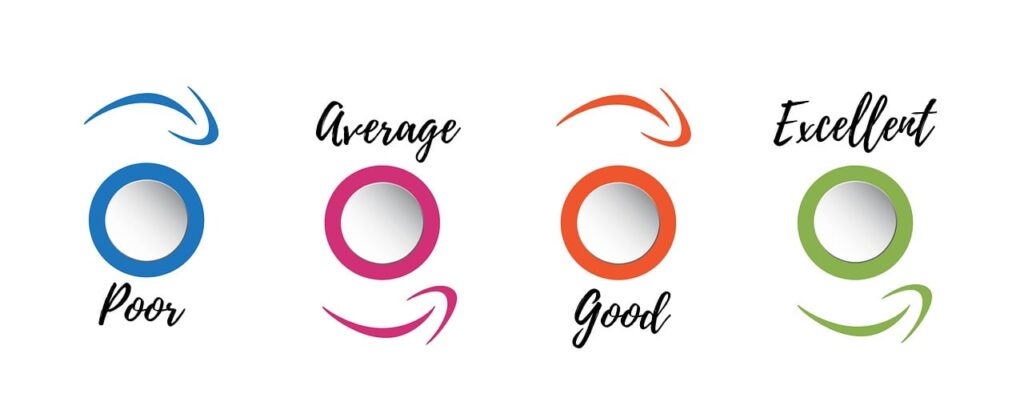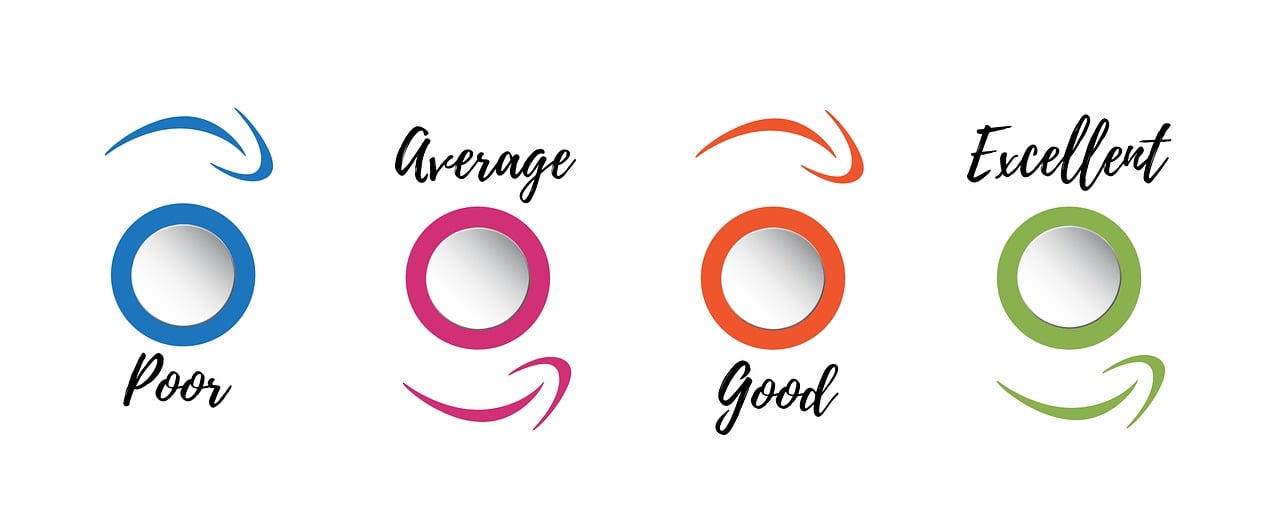How Do I Handle Reviews That Contain Constructive Criticism?
If you’re a creator or business owner, you know that receiving reviews, both positive and negative, is an inevitable part of the process. While positive feedback can boost your morale, negative reviews can sometimes be disheartening. However, constructive criticism can be very helpful in improving your products or services. So, how do you handle reviews that contain constructive criticism in a positive and productive way? Let’s dive into some strategies and tips to help you navigate this process effectively.

Understanding the Importance of Constructive Criticism
Constructive criticism is feedback intended to help you improve and grow. It often provides valuable insights that you may have never considered before. Instead of focusing on the negative aspect of the review, try to look at it as an opportunity for development and enhancement. Embracing constructive criticism shows that you are open to learning and evolving, which can ultimately lead to better outcomes.
Understanding the significance of constructive criticism is crucial in handling reviews positively. It’s all about shifting your perspective and seeing criticism as a tool for advancement rather than a setback.
Taking Emotions Out of the Equation
Receiving criticism, even when it’s constructive, can evoke emotional responses like defensiveness, frustration, or disappointment. It’s natural to feel a range of emotions when your work is being evaluated, but it’s essential to separate your emotions from the feedback. Taking a step back and approaching the review with a clear and rational mindset will help you better absorb and process the criticism.
Remember, the goal is to use the feedback to improve, not to dwell on negative emotions. By taking emotions out of the equation, you can focus on the valuable insights provided in the review.
Analyzing the Feedback Objectively
When you receive a review containing constructive criticism, take the time to analyze it objectively. Break down the feedback into specific points and try to understand the underlying reasons behind each critique. Consider the perspective of the reviewer and how their feedback can benefit your work.
Creating a table or a list with the main points of the feedback can help you visualize the areas that need improvement. This structured approach can make it easier to address each point systematically.
| Feedback Point | Action Steps |
|---|---|
| Slow response time | Implement automated replies |
| Lack of product variety | Expand product offerings |
| Confusing checkout process | Simplify website navigation |
Engaging with the Reviewer
Responding to reviews, especially those with constructive criticism, demonstrates your commitment to customer satisfaction and continuous improvement. Engage with the reviewer in a respectful and appreciative manner. Thank them for taking the time to share their feedback and let them know that you value their input.
Ask clarifying questions if needed to gain a deeper understanding of their perspective. Showing a willingness to engage in a dialogue can turn a negative review into a positive interaction and potentially win back the reviewer’s trust and loyalty.

Seeking Additional Opinions
While one review may provide valuable insights, it’s essential to seek additional opinions to get a broader perspective. Don’t hesitate to reach out to other customers, colleagues, or mentors for their feedback on the areas highlighted in the review. Different viewpoints can offer diverse solutions and perspectives that you may not have considered on your own.
Creating a feedback loop with various stakeholders can help you gather a comprehensive understanding of the areas that require improvement and develop more effective strategies to address them.
Implementing Changes Based on Feedback
After analyzing the feedback and seeking additional opinions, it’s time to implement changes based on the constructive criticism you’ve received. Develop an action plan with clear steps to address each point of feedback systematically. Prioritize the changes based on their impact and feasibility, and set realistic deadlines for implementation.
Monitor the progress of the changes and evaluate their effectiveness over time. Tracking the results will help you assess the impact of the improvements and make further adjustments if needed.

Celebrating Progress and Growth
Handling reviews that contain constructive criticism is a continuous learning process that can lead to personal and professional growth. Celebrate the progress you’ve made in implementing changes based on feedback, no matter how small. Recognize that constructive criticism is a valuable tool for improvement and that every step you take towards addressing it contributes to your development.
By acknowledging your growth and progress, you build resilience and a positive attitude towards feedback, fostering a culture of continuous improvement in your work or business.
Conclusion
Receiving reviews that contain constructive criticism can be an opportunity for growth and enhancement. By understanding the importance of feedback, taking emotions out of the equation, analyzing feedback objectively, engaging with reviewers, seeking additional opinions, implementing changes, and celebrating progress, you can navigate the process of handling reviews more effectively.
Remember, constructive criticism is a valuable asset that can help you evolve and improve your work continuously. Embrace feedback as a catalyst for growth, and you’ll be on your way to success.

Comments are closed